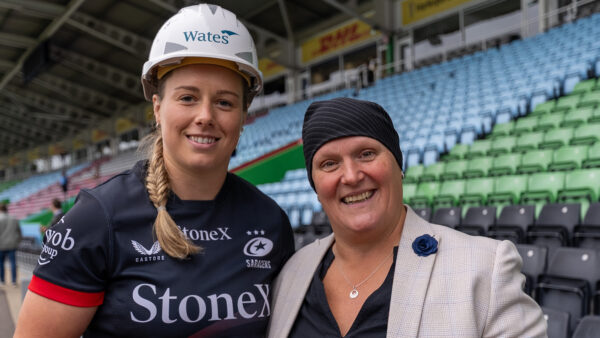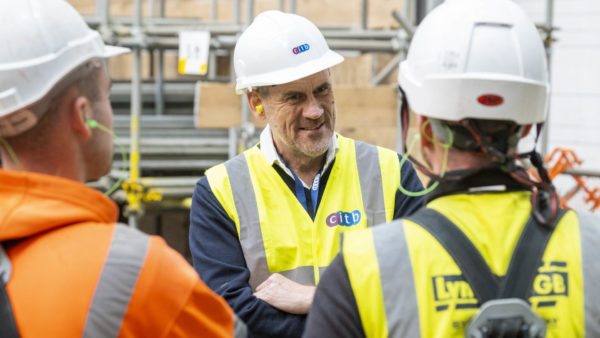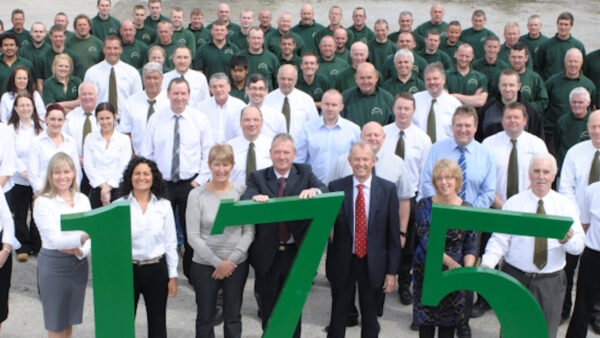It’s time for the construction industry to “put its money where its mouth is” to help improve gender diversity
Like many wanting to see a more diverse construction sector, I was deeply saddened to read about the closure of Women into Construction after 16 years of supporting women and employers to “change the face of construction”.
The not-for-profit company started in 2008, helping women to take up opportunities on the construction of London’s Olympic Park, and since then has supported 1,300 women to gain employment.
In a statement announcing the closure, founder and managing director Kath Moore said: “Over 4,700 women have had in-depth support, 3,000 completed industry training, 1,300 completed work placements.”
The reasons for closure were financial. In the face of a “challenging economic climate for both the charitable and construction sectors”, the company concluded that its business model was no longer viable.
I am disappointed for the women who won’t now benefit from support to get a foot in the door of the construction sector, for the employers who will no longer gain access to eager recruits, and for the dedicated project workers who will be losing their jobs
I am disappointed for the women who won’t now benefit from support to get a foot in the door of the construction sector, for the employers who will no longer gain access to eager recruits, and for the dedicated project workers who will be losing their jobs.
I am also angry that an industry that loudly proclaims both business and fairness incentives to increase workforce diversity (see CIC, CIOB, CIOB People, CITB, FMB, GoConstruct, UCEM, among many others) – no doubt genuinely meant – could not have collectively come up with a way to continue to support this evidently successful initiative.
Olympic Park success
I first came across Women into Construction in 2009, when I was researching women’s experiences of working in construction and met some of the women working on the Olympic Park.
To understand how they achieved the impressive feat of more than doubling the percentage of women working on the Olympic Park site compared with the industry average, I carried out an evaluation of the project, published in 2014.
The project’s model was effective because it addressed both ‘supply’ and ‘demand’ sides – on the supply side, ensuring women were skilled and ready for employment or work placements; on the demand side, persuading employers of the business benefits of giving women an opportunity to demonstrate their capabilities.
Interviews with employers revealed positive experiences of women on placements, contributing to changing attitudes about women’s suitability for construction work.
Moore told me that when the project began, “the construction industry was very passive about addressing diversity”.
She continued: “The consensus was to shrug their shoulders and say that they’d love to employ women, but none apply.”
But Women into Construction proved that “with a proactive approach and the right input from companies, women would apply, build their careers and make a positive contribution to the industry”.
Sustained funding crucial
Crucially, my report concluded that sustained funding for the project, at the time provided by the construction industry, was essential to its successful outcomes.
In contrast to initiatives limited by short-term funding, the duration of the project (in its sixth year then) had enabled relationships of trust to grow and develop with contractors, together with extensive learning by project workers of what was effective to build further success.
In many ways it is impressive that Women into Construction managed to continue for 16 years, given the difficulties of obtaining funding each year.
It became an independent community interest company in 2014, broadening its opportunities for funding.
The project was highly regarded in the sector, with Moore receiving the recognition of an MBE in 2018.
An organisation like Women into Construction is not the only solution to increasing women’s opportunities in construction, but it was part of the solution – and a part that we know worked
More to do on diversity
It would be nice to think that Women into Construction closed its doors because it was no longer needed, that women were entering the workforce in equal numbers to men, were always treated fairly and offered flexible hours if required, and that all employers were persuaded of the benefits of having a diverse workforce.
But there is plenty of evidence to suggest that this isn’t the case.
Of course, an organisation like Women into Construction is not the only solution to increasing women’s opportunities in construction, but it was part of the solution – and a part that we know worked.
It is therefore tragic that a profitable industry has been unable to put its money where its mouth is when it comes to increasing gender diversity.
I sincerely hope the lessons learned from the legacy of the Women into Construction project will be taken forward by others.
Tessa Wright is professor of employment relations at Queen Mary University of London.








